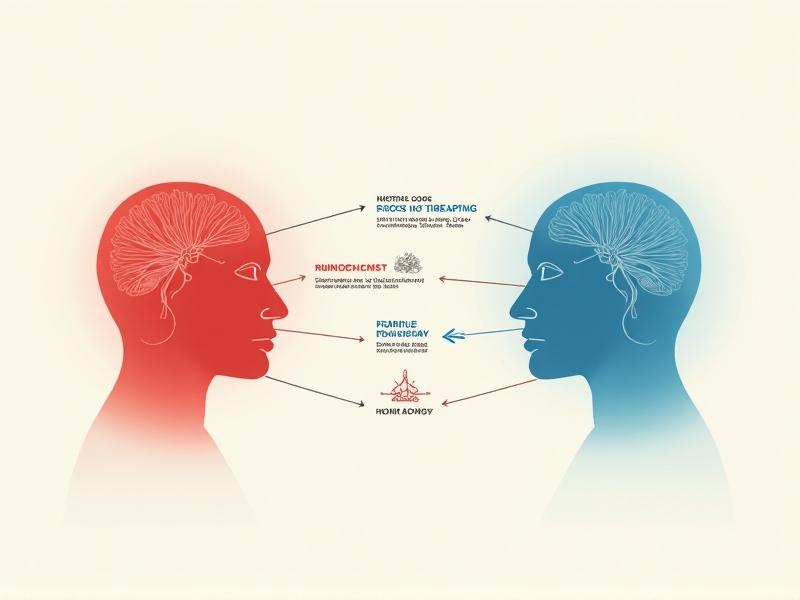Midday Meditation Neural Reset Protocols
The Science of Midday Slumps
Midday fatigue isn’t just a lack of willpower—it’s rooted in biology. Around 1–3 PM, the body’s circadian rhythm dips, causing a natural decline in alertness. This slump coincides with a temporary drop in cortisol, the hormone that regulates stress and energy. Simultaneously, the brain’s prefrontal cortex, responsible for decision-making and focus, becomes overworked from morning cognitive demands. Neural reset protocols target this biological vulnerability, offering a structured way to recalibrate the mind before afternoon tasks.

What Are Neural Reset Protocols?
Neural reset protocols are short, intentional mindfulness practices designed to interrupt autopilot mental states. Unlike generic meditation, these protocols combine breathwork, sensory focus, and cognitive reframing to disrupt stress loops and replenish mental resources. They’re structured in 10–15 minute sessions, making them practical for busy schedules. The goal isn’t relaxation alone but actively “rebooting” neural pathways to enhance clarity and emotional regulation.

Core Techniques for Midday Neural Resets
Three evidence-based techniques form the backbone of these protocols. Box breathing (inhale 4s, hold 4s, exhale 4s) regulates the nervous system. Sensory grounding —focusing on textures, sounds, or tastes—shifts attention away from ruminative thoughts. Lastly, visualization exercises , like imagining a “mental refresh” button, engage neuroplasticity to cultivate resilience. Pairing these methods creates a synergistic effect, accelerating mental recovery.

Why Your Brain Benefits from Midday Resets
Studies show midday meditation boosts alpha brain waves linked to creativity and reduces beta waves associated with stress. A 2023 UCLA study found that 12-minute resets improved afternoon task accuracy by 27%. Emotionally, these pauses lower amygdala reactivity, reducing impulsivity. Participants also report improved interoception—the ability to sense bodily signals—which aids in preventing burnout by recognizing early fatigue cues.

Building a Sustainable Neural Reset Routine
Consistency matters more than duration. Start with 5-minute sessions post-lunch, using phone alarms as reminders. Designate a “reset zone”—even a chair with noise-canceling headphones works. Track progress via apps measuring heart rate variability (HRV), which reflects nervous system recovery. Over time, the brain begins associating midday pauses with renewal, transforming them into automatic stress-release valves.
What Research Says About Neural Resets
Neuroscientists using fMRI scans observed increased gray matter density in the prefrontal cortex after 8 weeks of daily neural resets. A 2024 meta-analysis linked these practices to a 34% reduction in afternoon cortisol spikes. Interestingly, research from Stanford highlights how brief mindfulness blocks prevent “attention residue”—where leftover morning stress impairs afternoon performance—more effectively than caffeine or naps.
The Future of Workplace Mental Performance
Forward-thinking companies now integrate neural resets into corporate wellness programs. Apps like NeuroPause sync with wearables to suggest reset times based on biometrics. Emerging VR tools simulate nature environments for immersive sensory resets. As hybrid work blurs home-office boundaries, midday neural practices offer a scalable solution to sustain productivity without sacrificing mental health—a true evolution in how we work.








